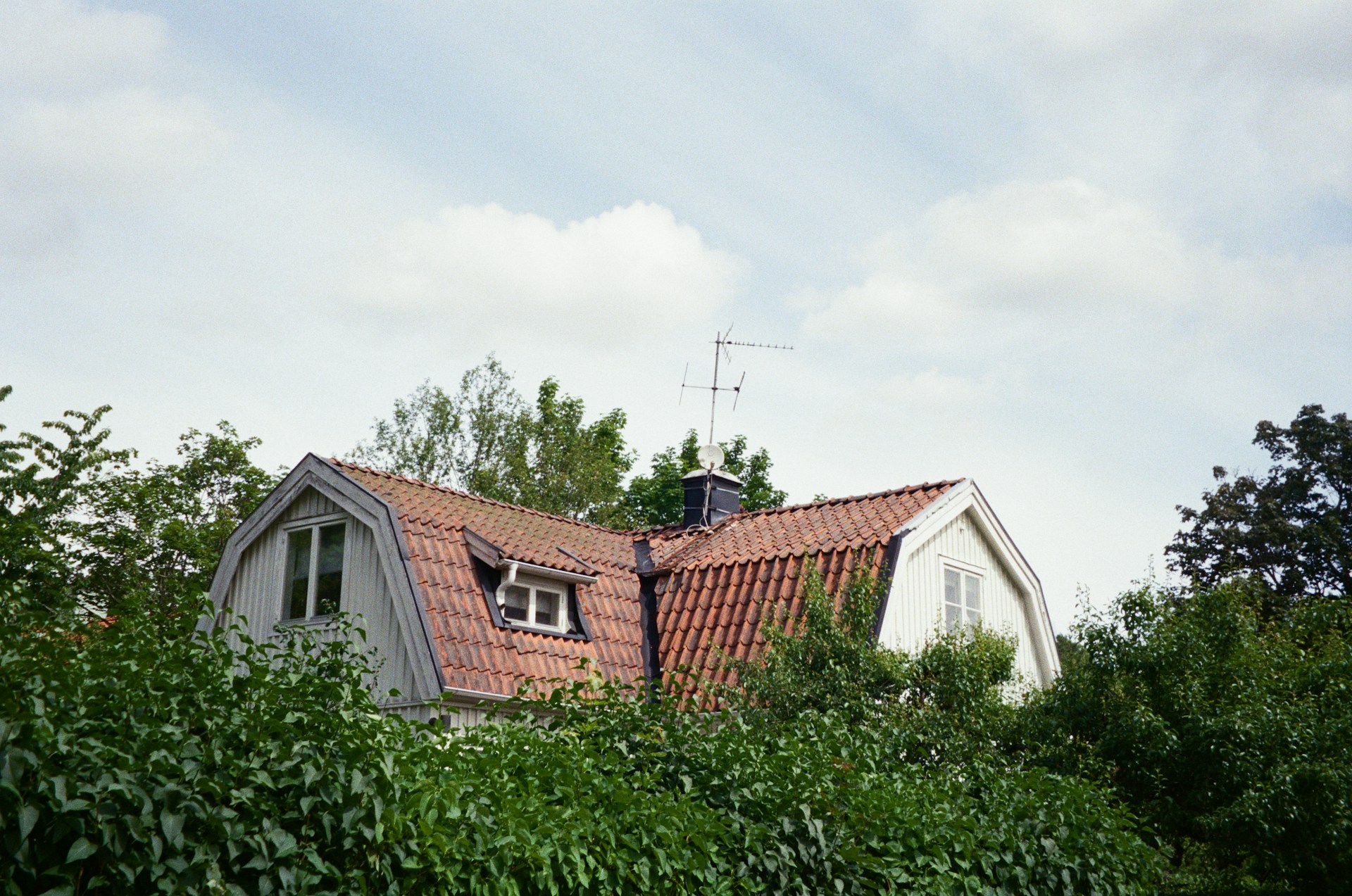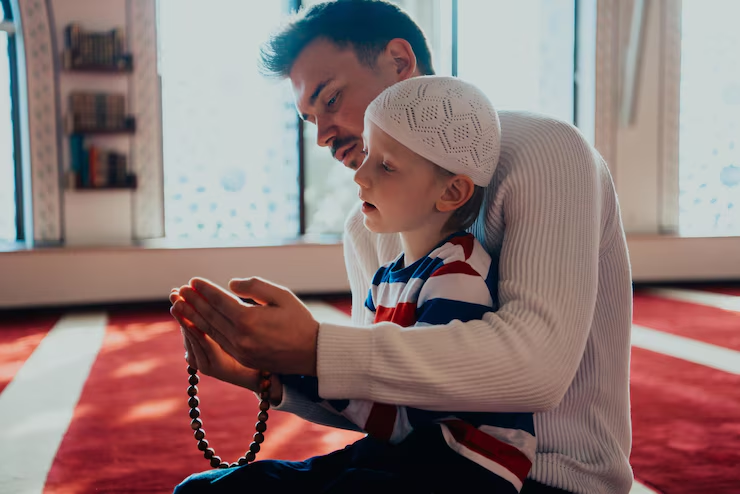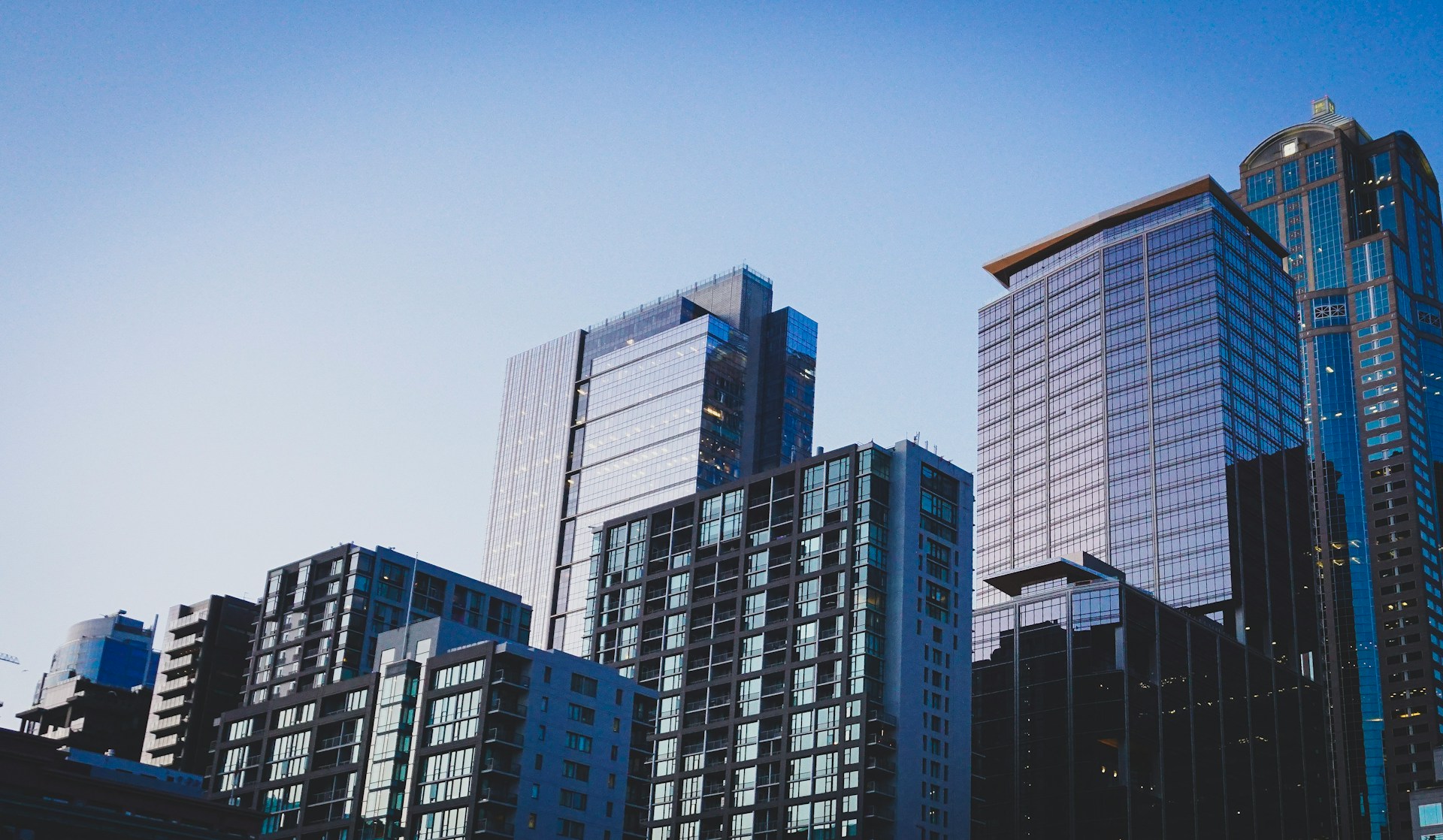Jasmine is a Bay Area artist originally from Fort Lauderdale, Florida. As a child of diaspora, Jasmine utilizes the transformative qualities of clay to create designs to investigate and strengthen the connections to her roots in West Africa.
When I met you we discussed your recent move to the Bay Area from Florida. What part of Florida are you from? And what brought you to the Bay Area?
I grew up moving all around South Florida, in my last few years there my main home was Fort Lauderdale. San Francisco called to me when a friend of mine at the time moved here. I couldn’t deny the opportunity when she found an apartment and a solid job for herself and I. Not only did I want a change of scenery but I felt more opportunities for my art in a city like San Francisco.
What kind of job did your friend find for you?
When I arrived to the city she helped me sign up for Wag, an app that allows pet owners to request walks for their pups at anytime. It was a great way for me to explore the city and get a good exercise. I was walking over ten miles a day at one point. Nowadays, I spend more time in the studio, working on my art and teaching classes; but I still walk a few special pups I’ve taken care of since moving.
Has the change of location affected the way you work?
Moving to the Bay has definitely changed my artistic process, mentally and physically. Removing myself from the familiar home I’ve always known to completely new surroundings has opened my mind to a lot more possibilities. I feel like I’m thinking more out of the box and putting myself out there more than I ever would have. The change has also given me better structure in my life. Squeezing in work, plus making art, as well as having a social life was one of my biggest struggles moving here (and still is at times). I map out studio time and try to enjoy being in the moment, in whatever I’m doing.
Where do you make your work? Do you have your own studio or a shared space?
I have my own work space at SMA Art Gallery and Studio. Everything else, like kilns, wheels, glazes, and a whole bunch of other fun stuff is shared with members of the studio.
What is your artistic background? How did you get into ceramics?
I’ve always been drawn to the arts, and my mom has always made sure I was kept busy. As an only child my main form of entertainment was making arts and crafts. Figuring out a new skill such as drawing or knitting always fascinated me. Once I felt proficient enough in whatever had my attention I was on to the next; but when I came into ceramics there was no “next”. I knew this is what I wanted to do and nothing else mattered.
In high school I swore I was going to be a fashion designer. I bought a sewing machine with my first paycheck and even took a summer sewing course at the Art Institute in Fort Lauderdale. My dream was to go to the Fashion Institute of Technology in New York after high school. Then my senior year came around and I decided to take sculpture as my elective. I loved working with clay and trying to figure out the wheel. When I graduated I took ceramics at my local community college and it was a done deal. I loved the atmosphere of being in a pottery studio and the community that comes with it. Everyone is helpful and supportive of each other. When it came to fashion I knew I wasn’t cut out for the competitive, and at times, catty world. With ceramics I feel like I can be myself, and make art for myself, and express concepts and ideas I don’t think I could ever get across with fashion.
Your ceramic pieces have clear visual ties to West African art. What is your connection to West African cultures and art forms? How do you incorporate these connections into your work?
My Jamaican ethnicity ties me to West Africa. My father and most of his family can be traced back to the African slave trade. Living with my mother most of my life, who is of Irish descent, separated me from my African roots. I use my pieces to reconnect to my culture and I aim to revive and celebrate this heritage with other children of the diaspora. The pieces I’m focusing on right now are inspired by tribes and cultures located in West African countries like Ghana, Nigeria, and Benin. There is an abundance of thriving, unique identities and heritages part of me that I don’t know about, I know I’ll never stop discovering and exploring.
What other sources do you turn to for inspiration in your work?
Pottery is an ancient craft. Civilizations all over the world have made and used pottery in their everyday lives, and still do. I love to search library archives for beautiful, delicate Chinese porcelain wares as well as the detailed sculptural pieces of the Maya. I also take inspiration from random objects I find or see passing by. I could stumble upon an interesting looking bottle in someone’s home and it just might be the start of a whole new line of pieces
Your website and online store is called Ashe Ceramics, how did you come up with this name?
Ashe is everything, the air we breathe, the water we drink, the words we speak, the emotions we feel. Ashe is energy, the essence of everything created. The term originated from the Yoruba, a group of people located in Nigeria, Benin, and Togo. I chose the name to keep into consideration that each piece I make is created with my own ashe. My energy, inspiration, and intentions fill each piece connecting me to those who have one of my works of art.
Ceramics is an art form that often gets relegated to the realm of craft because of its functionality. What is your perspective on the line between art and craft? How do you define it and where do you think your work exists on the continuum between art and craft?
Often times artwork is not considered art if it is “functional” but I believe the functionality of my pieces play a large role in what makes my work art. I originally created Ashe Ceramics as a home goods line (incense burners, planters, and mugs) because I wanted my pieces to be a part of a process of rejuvenation and meditation for the individual who has my work. I find the functionality completes the essence of a piece and becomes tied to the owner when they engage in its use. Not only do my pieces hold my ashe, and are ashe, but they breed ashe when used in the context they were created for. You’ll never be as close to art than having it sit in your hands filled with warm tea, or fill a room with incense. It’s a vehicle for transformation.
Where does the functionality of the piece come up in your process? Do you begin with the function and build from there or do you have a shape or form in mind and figure out the functional details later?
To be honest it can go both ways. Sometimes I’m struck with inspiration on designing a piece and then I’ll incorporate the functionality as I’m creating the form. Other times I’m coming up with ideas for a piece with a specific use. I absolutely love burning incense in my room and even more so love coming up with ideas for incense burners.
How do you approach your work, do you build a series of pieces around a concept or do you design your work piece by piece?
One of the things I love about ceramics is the endless possibilities of forms you can build, as well as the limitless colors and textures of glazes. I tend to not make the same exact pieces more than a few times, I love mixing it up. When creating a collection, I aim to keep the design of the pieces with a general concept in mind but let my creativity flow free when making my art. At the moment I’m working on a series of sculptural masked planters and designing a set of mugs. I started by making one planter and then realizing it would be great to have a series of them, each one having their own unique characteristics and personality. I will, at times, make a piece that stands on its own, those can sometimes be my favorite ones.
I see from your Instagram account that you participate in a variety of pop up art markets and community events to sell your ceramic work. What has your experience been at these events?
I’m absolutely loving the arts community in the Bay! I’ve been enjoying making new connections with other talented local artists. I’ve also been receiving a lot of good feedback from both artists and shoppers. There isn’t much of a community for crafters in South Florida, and the Bay definitely has my hometown beat when it comes to the amount of events happening year round. It’s refreshing to be surrounded by like-minded individuals who are uplifting and welcoming; it also leads to some pretty awesome collaborations and making friends.
How do you define success as an artist for yourself?
The easiest way for me to measure success is obviously wealth and attention. Every artist wants to be able to live comfortably from their craft and be recognized for their work. That being said, beyond financial stability, I think I will truly feel successful when my work starts to make a difference. As an artist I find myself constantly evolving, evolving my perspective on life, politics, ideals; I don’t know what’s next to come for my creative process but I know I want my art to say something. It may not even be my artwork that speaks the truths I want to tell, but may lead me to opportunities to speak, educate and even transform the narrative of the society we live in.
Do you have any big ideas for your work that you would love to do if given the money, space and time to carry them out?
One of my goals for the future is to have my own show. The thought of filling a whole room with my art is exhilarating. I’m brimming with ideas to create an instillation and share a body of work that resonates with me deeply. I’d also love to travel to Africa and experience the continent in the flesh.
Do you have any upcoming events or shows?
I currently don’t have any upcoming events, but I’m planning on opening my web shop in January, 2018. Right now, I’m focusing on stocking my pieces in local shops and working to increase production. I’m excited to participate in events in the New Year when I’m fully stocked!











